Mongolia, often described as the “Land of the Eternal Blue Sky,” is an enigmatic destination that promises unparalleled adventures and awe-inspiring landscapes. Here are ten compelling reasons why Mongolia should be at the top of your travel bucket list.
Mongolia, a land of extraordinary natural beauty, is renowned for its diverse landscapes that range from towering mountains to vast deserts. This unique country offers a breathtaking array of geographical features, including high mountains, pristine lakes, lush steppes, and the arid Gobi Desert, each contributing to Mongolia’s stunning natural tapestry.
High Mountains: Mongolia’s high mountains, such as the Altai, Khangai, and Khentii ranges, are some of the most dramatic and awe-inspiring features of the country. The Altai Mountains, with peaks like Khuiten Uul rising to 4,374 meters (14,350 feet), present a rugged terrain marked by glaciers, alpine meadows, and diverse wildlife. The Khangai Mountains, characterized by their rounded, grassy peaks, provide vital water sources and support traditional nomadic life. The Khentii Mountains, often linked with Genghis Khan’s birthplace, are known for their dense forests and historical significance.
Pristine Lakes: Mongolia is also home to several pristine lakes, which are vital to the country’s ecological balance. Lake Khövsgöl, often referred to as the “Blue Pearl of Mongolia,” is the largest and deepest lake, nestled in the northern part of the country. Its crystal-clear waters and surrounding mountainous terrain make it a picturesque destination. Other significant lakes include Lake Uvs, the largest lake in Mongolia, and Lake Ögii, which is renowned for its birdwatching opportunities. These lakes offer stunning reflections of the surrounding landscapes and are crucial habitats for various bird and fish species.
Lush Steppes: The lush steppes of Mongolia cover much of the central and eastern regions, presenting a vast, rolling landscape of grasses and wildflowers. This region is characterized by its wide-open spaces and gentle, undulating terrain, which supports diverse flora and fauna. The steppes are home to traditional nomadic herders who have adapted to the region’s seasonal variations. The rich grasslands are vital for grazing livestock and are an integral part of Mongolia’s pastoral economy and cultural heritage.
The Gobi Desert: In sharp contrast to the lush steppes, the Gobi Desert occupies Mongolia’s southern expanse. This arid region is marked by its dramatic landscapes, including sand dunes, rocky outcrops, and sparse vegetation. Despite its harsh climate, the Gobi is teeming with life adapted to extreme conditions, such as the elusive Gobi bear and the wild Bactrian camel. The desert’s stark beauty and unique geological formations contribute to its mystique and allure.
In summary, Mongolia’s varied landscapes offer a mesmerizing array of natural beauty. From the towering peaks and serene lakes to the expansive steppes and the vast desert, these features combine to create a country of extraordinary contrasts and harmonious diversity.
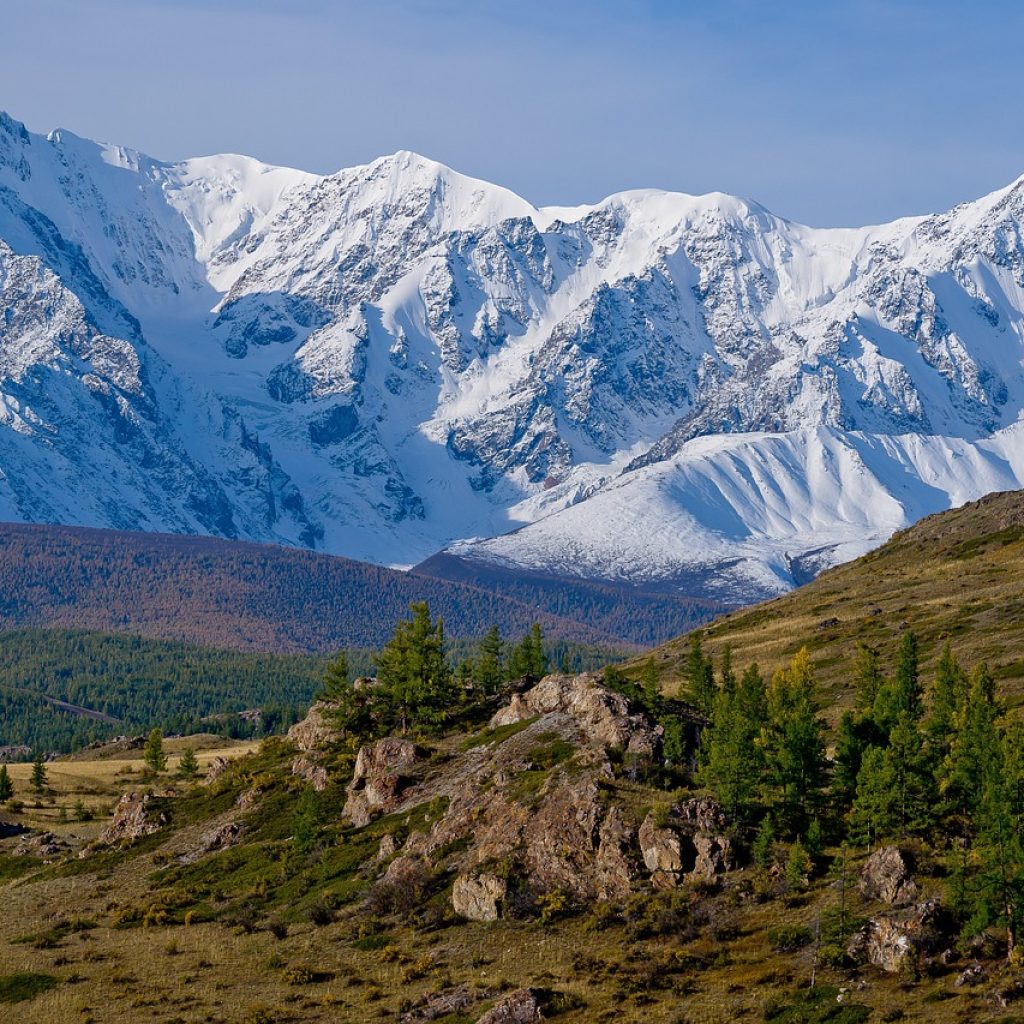
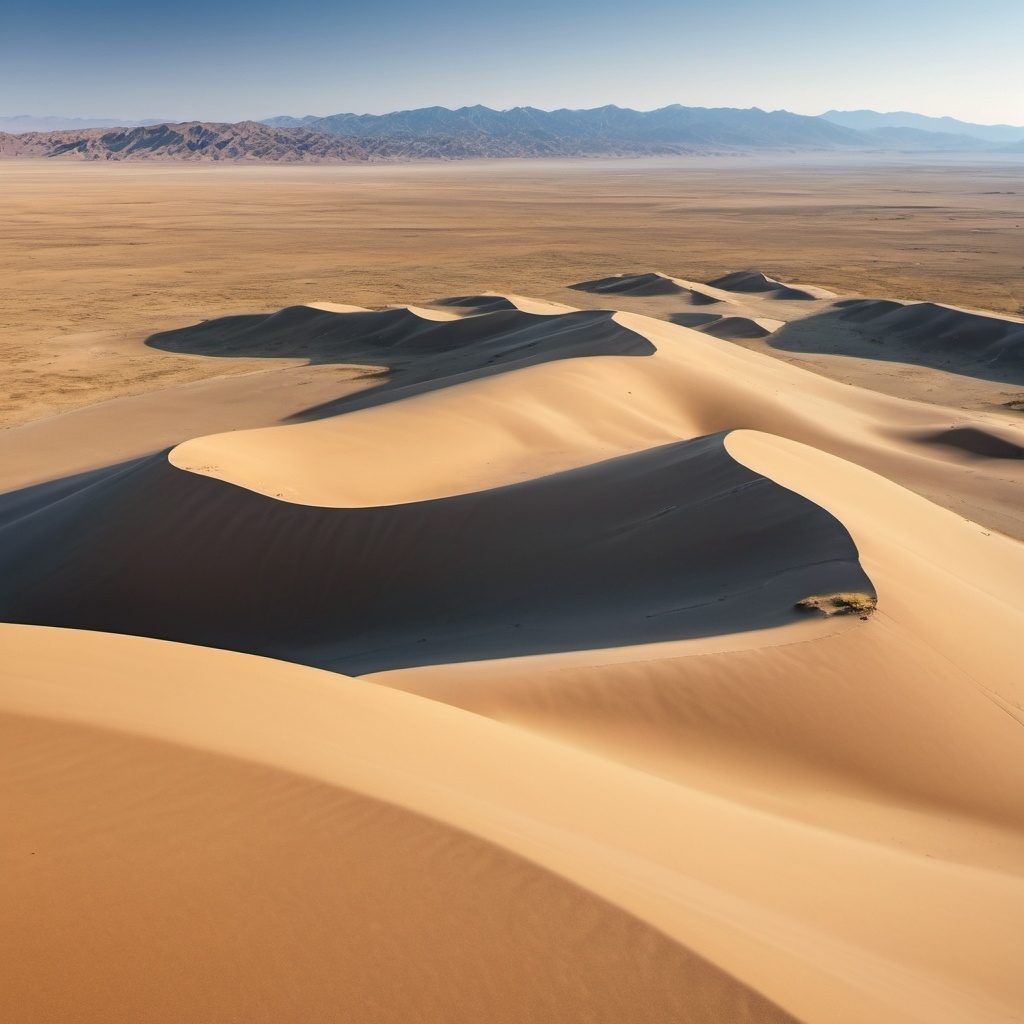
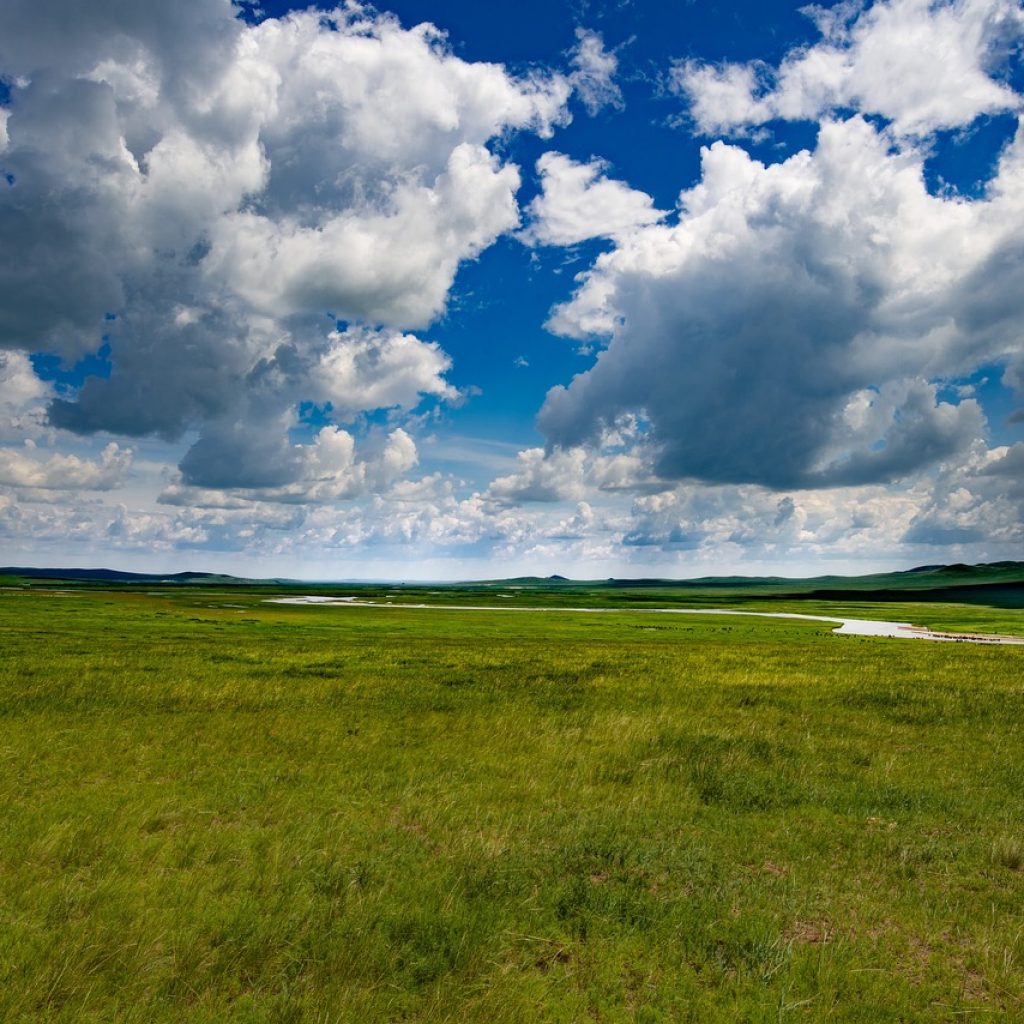
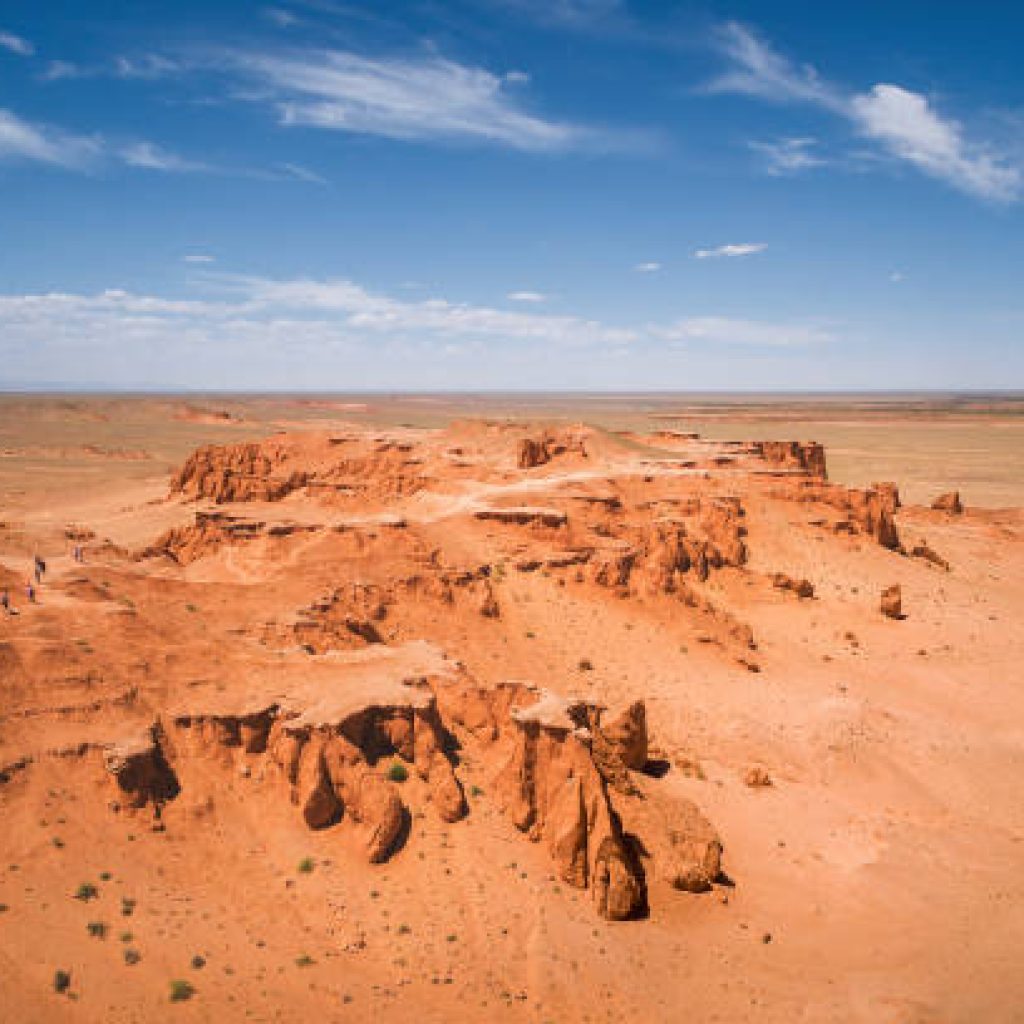
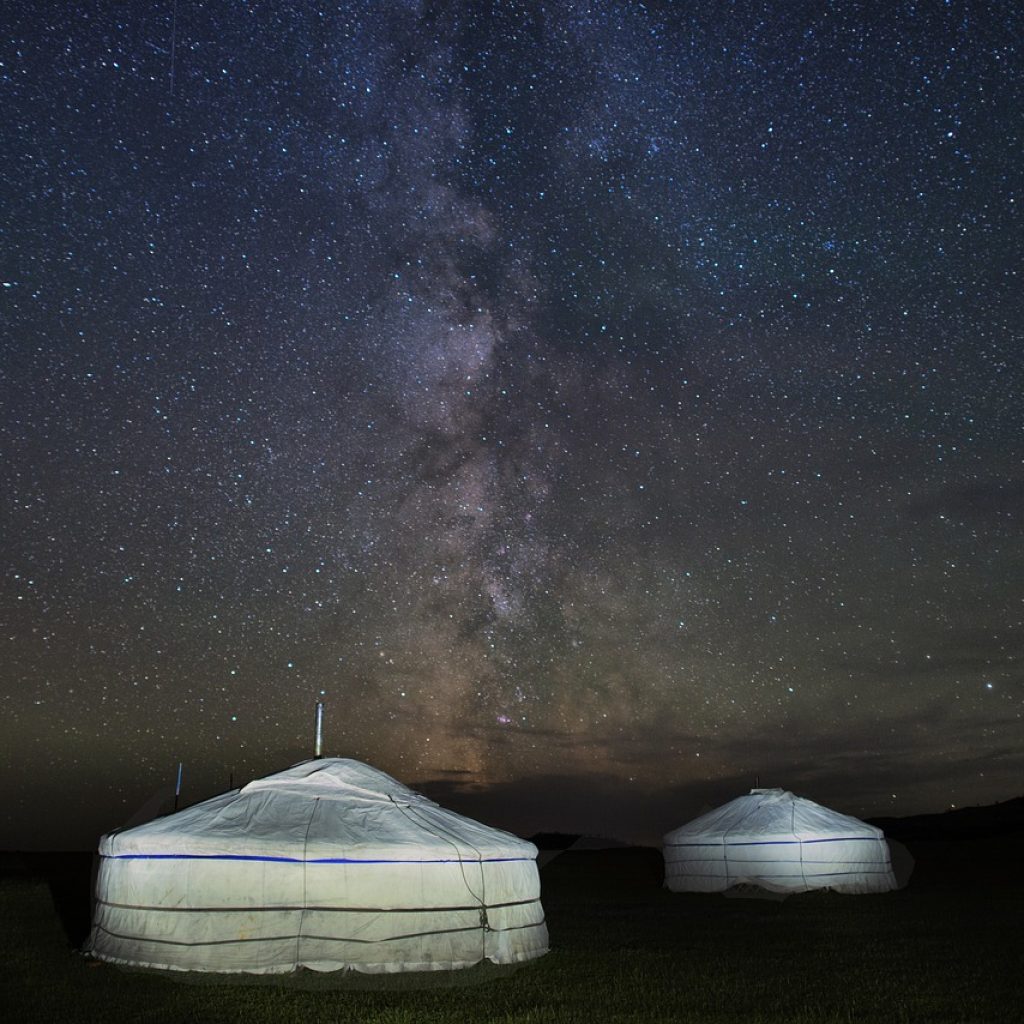
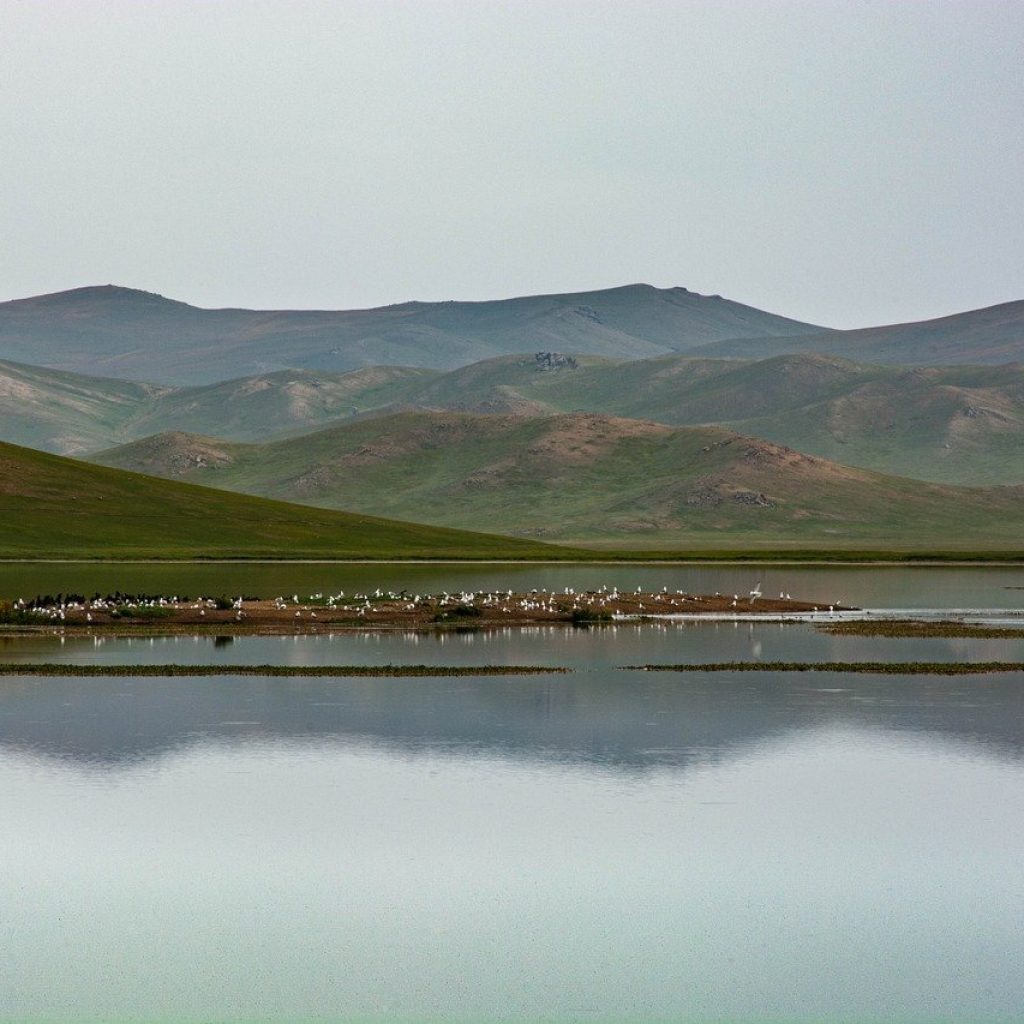
In the remote northern regions of Mongolia, nestled between the rugged Sayan Mountains and the expansive Siberian taiga, lives a unique and resilient people known as the Tsaatan. Also referred to as the Dukha, these semi-nomadic reindeer herders have maintained a distinctive way of life for centuries, living in harmony with their environment and their reindeer.
The Tsaatan’s lifestyle is deeply intertwined with their reindeer, which provide them with transportation, milk, cheese, and hides for clothing and shelter. Unlike other reindeer herding cultures, the Tsaatan ride their reindeer, making them one of the few remaining groups in the world to do so. This close relationship with their animals is a cornerstone of their identity, as reflected in their traditions, beliefs, and daily practices.
Living in the taiga presents numerous challenges, from harsh winters with temperatures plummeting below -30°C (-22°F) to rugged terrain that demands resilience and adaptability. The Tsaatan move their camps several times a year to ensure their reindeer have access to fresh pastures. Their portable dwellings, known as ortz, are similar to teepees and provide shelter from the elements while being easy to dismantle and transport.
The Tsaatan’s spirituality is rooted in animism, with a profound respect for nature and the spirits they believe inhabit the land. Shamanism plays a significant role in their community, with shamans acting as intermediaries between the human world and the spirit world. Rituals and ceremonies are conducted to honor the spirits, seek guidance, and ensure the well-being of their people and animals.
In recent decades, the Tsaatan have faced numerous challenges that threaten their traditional way of life. Climate change, environmental degradation, and increased contact with the outside world have all impacted their community. Additionally, government policies and efforts to modernize the region have pressured the Tsaatan to settle permanently, which conflicts with their nomadic traditions.
Despite these challenges, the Tsaatan have shown remarkable resilience. Some have adapted by incorporating modern tools and practices into their herding, while others have become involved in eco-tourism, sharing their culture with visitors and raising awareness about their way of life. This has provided a source of income and a platform to advocate for the preservation of their cultural heritage.
The future of the Tsaatan remains uncertain, but their story is a testament to the strength and adaptability of indigenous cultures. Efforts to support the Tsaatan include initiatives to protect their grazing lands, promote sustainable tourism, and document their traditions for future generations. The Mongolian government and various non-governmental organizations continue to work towards finding a balance between modernization and cultural preservation.
As the Tsaatan navigate the complexities of the modern world, their deep connection to their reindeer and the taiga remains unwavering. Their enduring spirit and commitment to their heritage offer valuable lessons in resilience, adaptability, and the importance of living in harmony with nature.
